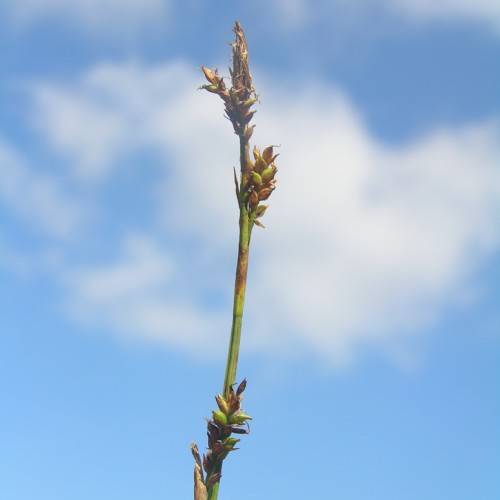
Dioecious Sedge
Carex sterilis
Also Known As - Sterile SedgeWatering:
Average
Hardiness Zone:
Sun:
full sun,part shade
Leaf:
Yes
Growth Rate:
Low
Salt Tolerant:
Yes
Care Level:
Medium
watering
Prickly Sedge should be watered once a week, and it should be given a deep watering. When watering, it is important to get the soil wet approximately 1 inch below the surface, and water until the water begins to run off. The root system of Prickly Sedge grows deep, so it is important to get the whole root system thoroughly wet. During hot summer months, you may need to water more frequently, particularly if the temperatures are very hot and dry.
sunlight
Prickly Sedge (Carex spicata) requires direct sunlight for a minimum of 4 hours every day. During the summer months, the plant benefits from 6 or more hours of direct sun each day. When planted in an area that receives less than 4 hours of sun per day, Prickly Sedge will become spindly and the leaves and stems will stretch out. If planted in an area that gets too much sun, the stems can become scorched and dry out quickly. When properly situated in full sun, the plant will exhibit a robust, healthy growth.
pruning
Prickly Sedge should be pruned in early spring every year or every 2 years. Pruning will help the grass-like leaves form a dense mound which looks nice in borders and rock gardens. Pruning should be done by cutting back the old foliage to 2/3 of its original length. This will help the plants maintain a tidy, attractive shape. Additionally, dead or damaged foliage should be removed at any time during the season. It is important not to overprune as this can cause the plant to suffer and become unhealthy.
